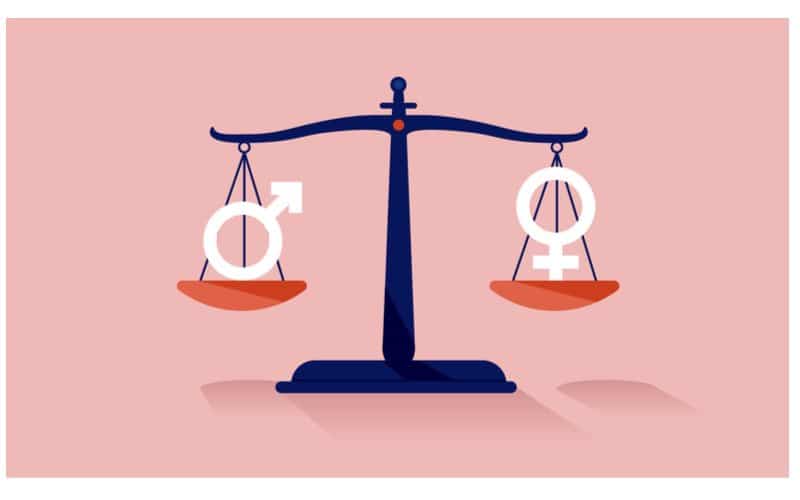What is equality and diversity?
Equality and diversity, refers to accepting and promoting people’s differences, whilst securing no-one is marginalised. Importantly no-one should be treated differently due to factors such as their age, gender, religion, disability, sexual orientation, or race.
Why is it important to promote in the classroom?
I am sure you will agree that teachers have great opportunity to raise awareness amongst students. Therefore, as a teacher you could ensure that all students are treated equally and fairly, by setting an example in the classroom. Also, you will find that school policies should also support this notion. Fundamentally it is important in helping to support students’ moral and social attitudes. But most importantly, it will be the foundation that shapes students’ adult lives.
Teaching and promoting equality and diversity in the classroom, can run through any lesson plan. You can promote it through setting an example and by offering students the means to discuss and explore their opinions in a supportive way.
Here we have 10 teacher tips to promote equality and diversity in the classroom:
- You should always challenge negative attitudes amongst your students.
- Importantly, be aware of humour and jokes amongst students. Especially if you find the jokes to be derogatory around stereotypes; challenge them.
- Above all, ensure the diversity of your students is reflected in your lesson plans and activities.
- You should ensure your learning materials are non-racist, non-sexist, and non-discriminatory.
- To be inclusive, you must ensure you have adapted and provided support for those students who need extra help.
- Also, you can promote diversity by incorporating different learning styles into your teaching plans.
- When planning class activities, make sure they are accessible to the whole class.
- Always, ensure written materials and your own language is non-racist, non-sexist, and non-discriminatory.
- You can be active in promoting multiculturalism through your learning resources.
- When you divide the class into groups, ensure you mix them appropriately, not a girls’ group or a boys’ group.



